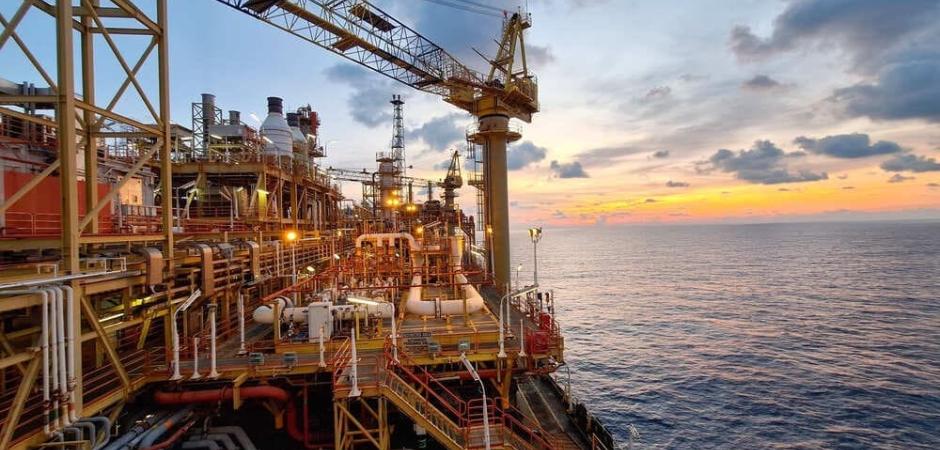
One of the hallmarks of Sumcab is that we can design and produce highly customised cables, covering the specific needs of a wide range of sectors and in different applications, including submarine cables.
One of the sectors that most needs to use electric cables and benefits from our capacity for specialisation is industry. There are multiple uses for cables in the industrial sector and they are applied in various areas, mainly authorised machinery, industrial robots or cable chains.
Requirements for submarine cables or industrial cables for marine applications
Cables for marine applications must meet a series of requirements in order to be able to perform their function without being affected by the elements intrinsic to the place in which they are located. These electrical cables must be made of special materials and components capable of withstanding the onslaught of the marine environment, both at sea level and underwater: humidity, solar radiation, saltpetre, mechanical stress, etc.
Therefore, both cables for marine and submarine applications must have extra layers of protection that provide greater insulation for both internal and external components.
Among the industrial cables for marine applications, we mainly find two large groups according to their function:
- Cables for power supply.
- Signal and data communication cables, both analogue and digital signals.
If we look at their scope of application, we distinguish three types of cables for marine applications:
- Offshore cables, which are those used on such platforms built at sea.
- Marine cables, which are those installed on ships and vessels.
- Submarine cables, which are those especially for submarine applications.
Differences between offshore cables and submarine cables
The term “offshore” refers to installations built in marine waters, offshore or on the coast, normally for the energy sector. These platforms are designed to extract natural resources from the sea such as gas and oil or to generate renewable energy using marine forces or wind. Depending on their structure and depth, these offshore platforms can be fixed, semi-submerged or floating (FPSO units, Floating Production, Storage & Offloading).
In any case, offshore cables are used both on the platforms and on the accompanying submarine structures. They are cables for electrical transmission in all types of installations on offshore platforms and drilling vessels. In addition, control and instrumentation cables are also important, vital for controlling sensors, measuring devices or emergency systems, among others.
Although submarine cables are used on offshore platforms, they have special features for submarine use, which is why they are considered a specific subgroup within cables for marine applications.
In fact, in recent decades, the most notable application of submarine cables is in the telecommunications field. Although the installation of these cables that transmit signals across the seas and oceans began in the second half of the 19th century, digitalisation has led to a remarkable increase in the map of undersea telecommunications cables that extends throughout the world, since, in addition to the network for telephone traffic, digital data transmission cables were added. In the Iberian Peninsula alone, there are around 40 submarine cables that connect this territory with the rest of the world. Globally, it is estimated that they are responsible for the transmission of 98% of intercontinental data traffic. At first, these cables were mostly made of bronze, but modern cables also use fibre optic technology.
Features of Sumcab submarine cables
The features of submarine cables are very different to those of cables used on firm ground. These cables, in addition to being installed in a very dynamic space in which they must face different threats, carry a greater volume of data and have a higher voltage; therefore, they need to be highly functional in a hostile environment.
Sumcab cables for submarine applications belong to the Sumflex series, flexible rubber cables considered the “all-terrain” of electrical cables. They are extremely adaptable, but very robust, capable of withstanding the stress that can be caused by extreme weather conditions such as those found on the seabed.
These Sumflex cables specially designed for submarine applications are:
Sumflex Aquatron ROV Ethernet
Sumflex® Aquatron ROV Ethernet is a floating Category 5e Ethernet cable (data, video and PoDL -Power over Dataline- transmission, combining Ethernet and electricity).
It is used for power supply and communicating with ROVs, underwater vehicles operated from the surface, so it combines marine and submarine technology. Prominent among its features is that it is an AD8 submarine cable, that is, it is suitable for being permanently submerged.
Sumflex Aquatron TOAGWB
The Sumflex® Aquatron TOAGWB cable also has marine and submarine technological features. It is classified as a Category 6 submarine power and Ethernet communication cable.
It is used in the control and intercommunication of systems in marine and submarine installations. It is also declared AD8 and, in addition, stands out for being classified as reinforced cable for severe industrial use, with a very strong impact resistance (AG4).
There are many electrical cables for industrial uses in different sectors, these submarine cables are just a small sample of the extensive catalogue we have. To find out which cables you need, you can always contact us to take advantage of our personalised advice service and find the most suitable solution.

